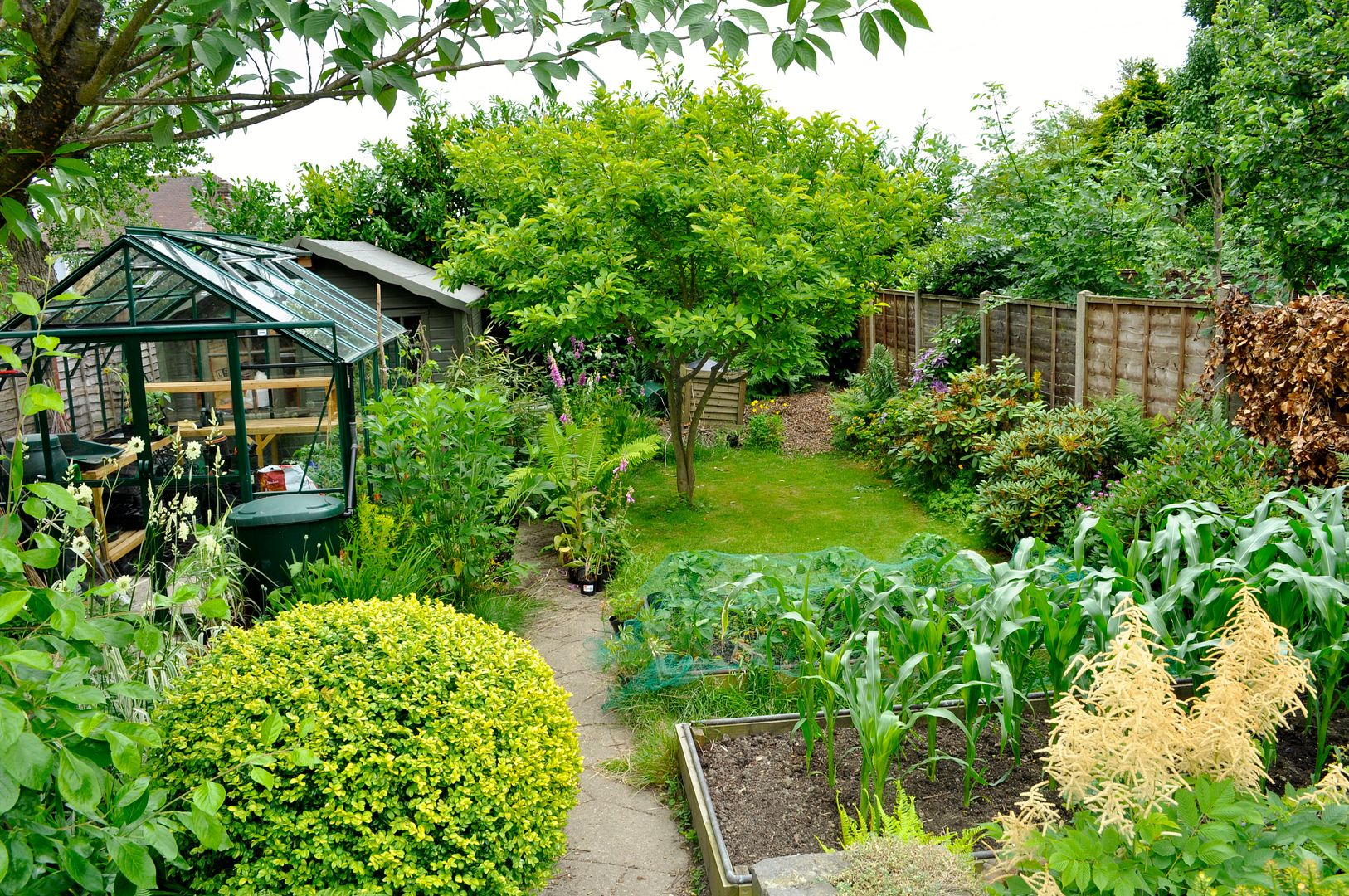I am looking at making a raised bed which will be staked into the ground. Does anyone know what sort of wood would be best for this since its going to have direct contact with the ground?
I have also been looking at getting wood talanised if needed from here
http://www.tanalisedtimber.co.uk/
I am also thinking that getting some wood and making my own stakes maybe cheaper but II am unsure how I would do this with a thick piece of wood.
Any help is greatly appreciated.
James
I have also been looking at getting wood talanised if needed from here
http://www.tanalisedtimber.co.uk/
I am also thinking that getting some wood and making my own stakes maybe cheaper but II am unsure how I would do this with a thick piece of wood.
Any help is greatly appreciated.
James







